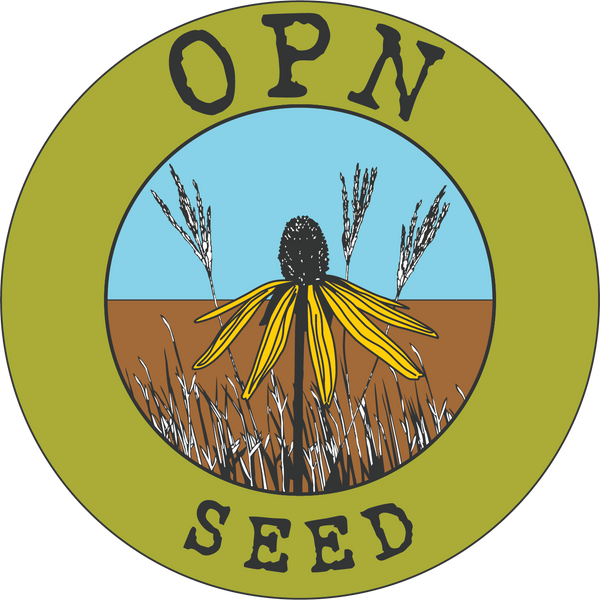When To Plant Native Seed
Native seeds can be planted in spring (an active growing season), fall (dormant seeding when soil temperatures are below 50F) or as a frost seeding after the freeze/thaw cycle has begun. Let's breakdown what these seeding seasons look like.
Spring Seeding (Approximately Late March)
Begins - As soon as the soil is workable in the spring. This can vary based on soil types and moisture present. Wetter sites may need to wait until they dry up some.
Ends - Around June 15th.
What To Expect - Germination of any annual wildflowers seeded is expected to begin the same season as planted. Most perennial native wildflower and grass species will need to go through a cold, moist period during the fall and winter months.
Fall or Dormant Seeding (Approximately Mid to Late November)
Begins - After surface soil temperatures are below and expected to stay below 50 degrees Fahrenheit.
Ends - When the soil begins freezing and thawing regularly.
What To Expect - Germination of any annual wildflowers is expected to begin the following spring. Seeding during this window allows for stratification of seed, which is important for most perennial species.
Frost Seeding (Approximately Mid December)
Begins - When the soil freezes and thaws on a consistent basis.
Ends - When the spring seeding season begins.
What To Expect - Germination of any annual wildflowers is expected to begin the following spring. Seed can be broadcast on top of a light snow in low wind conditions. Seed stratification takes place.
Keep in mind that good seed to soil contact is needed when sowing native seed. Prepping your area for native seed is the most important step to a successful planting.
To learn how to easily prep a small area for native seed, check out this video.
For larger scale plantings, our How To Guide is a great resource for site prep, installation and management.
